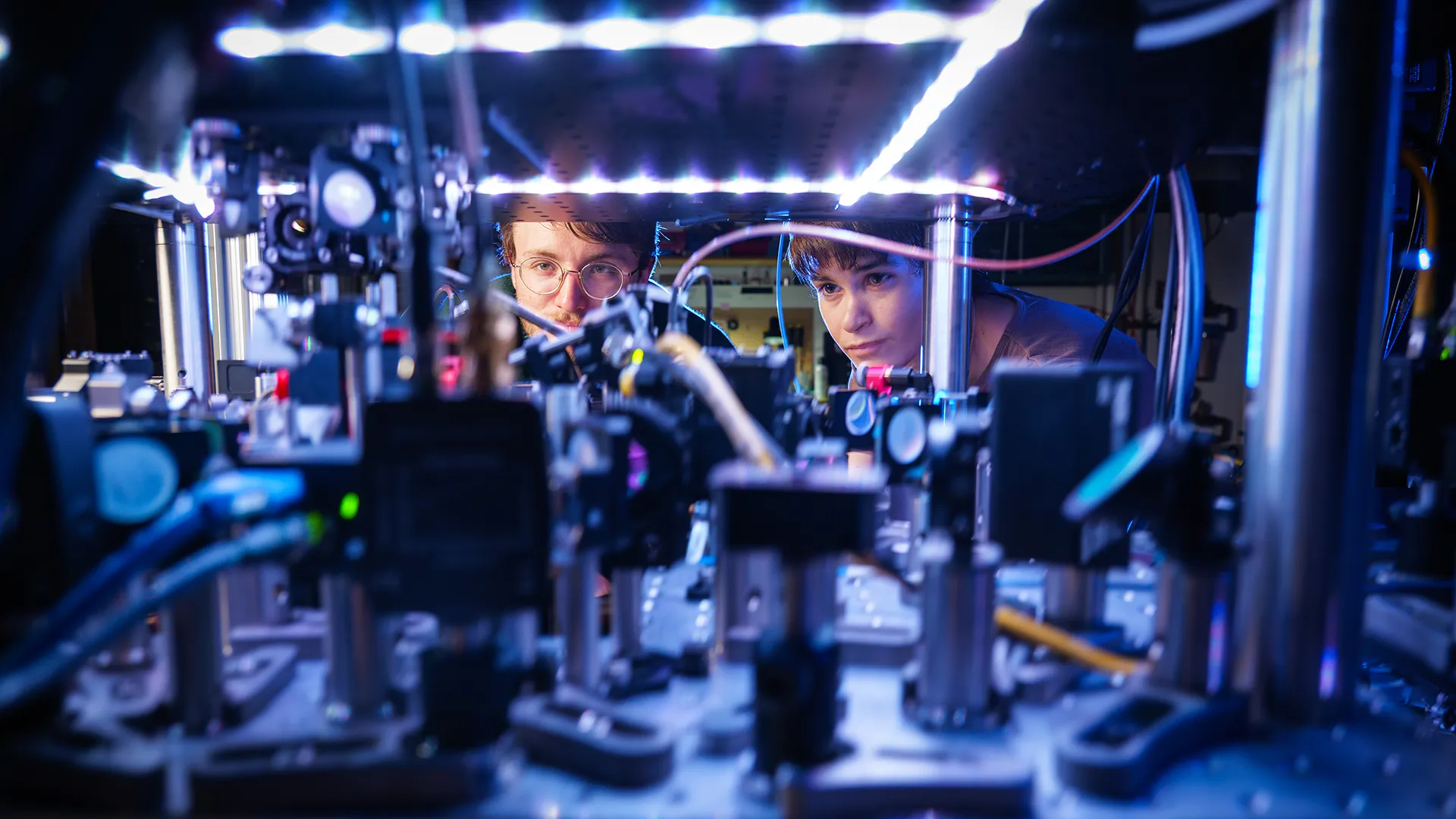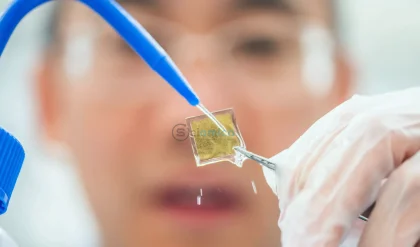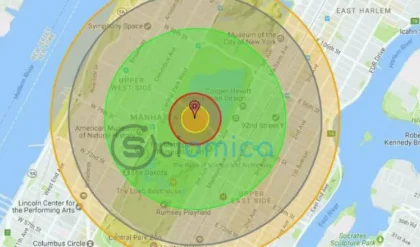
In a groundbreaking study, physicists at the University of Colorado Boulder have successfully measured acceleration in three dimensions using a cloud of atoms cooled to near absolute zero. This achievement, once deemed nearly impossible by many scientists, represents a significant leap forward in the field of quantum measurements. The innovative device, a novel atom “interferometer,” could revolutionize navigation for submarines, spacecraft, cars, and various other vehicles.
Kendall Mehling, a co-author of the study and a graduate student in CU Boulder’s Department of Physics, emphasized the importance of three-dimensional acceleration tracking: “Traditional atom interferometers can only measure acceleration in a single dimension, but we live within a three-dimensional world. To know where I’m going, and to know where I’ve been, I need to track my acceleration in all three dimensions.”
The team’s findings, published this month in the journal Science Advances, included contributions from Mehling, postdoctoral researcher Catie LeDesma, and Murray Holland, a physics professor and fellow at JILA, a collaborative research institute between CU Boulder and the National Institute of Standards and Technology (NIST). In recognition of their work, NASA awarded the researchers a substantial grant of $5.5 million through the Quantum Pathways Institute to further refine their sensor technology.
The device itself is a marvel of modern engineering. Holland and his team utilize six ultra-thin lasers to hold a collection of tens of thousands of rubidium atoms in place. By employing artificial intelligence to manipulate these lasers in intricate patterns, the researchers can monitor the behavior of the atoms as they react to minor accelerations—like accelerating in a car.
Currently, most vehicles measure acceleration through GPS combined with classical electronic accelerometers. While the quantum device is still in developmental stages and has a long way to go before it can rival these existing technologies, researchers are optimistic about the potential for atomic-based navigation systems. Mehling noted, “If you leave a classical sensor out in different environments for years, it will age and decay… Atoms don’t age.”
The concept of interferometers is not new, having been used for centuries in various applications, from transmitting information through optical fibers to detecting gravitational waves. The fundamental principle involves splitting and recombining beams, akin to unzipping and zipping a jacket. In laser interferometry, a laser is split into two beams traveling along different paths. When they recombine, any diverging effects along their journeys can cause interference, allowing scientists to extract meaningful measurements.
In this latest research, the team accomplished a similar feat, but with atoms instead of light. The experimental setup is relatively compact, fitting on a surface about the size of an air hockey table. The researchers first cool rubidium atoms to a temperature just above absolute zero, causing them to enter a unique quantum state known as a Bose-Einstein Condensate. This state of matter, first created by Carl Wieman and Eric Cornell in 2001, sets the stage for the complex interactions that follow.
The team then uses laser light to jolt these atoms, causing them to exist in a “superposition,” where they can simultaneously occupy two locations. Through this manipulation, they measure how the atoms behave under varying acceleration conditions. When the atoms recombine, they produce a unique interference pattern that resembles a fingerprint and can be decoded to reveal the acceleration experienced by the atoms.
The development of this device took nearly three years, with significant contributions from machine learning techniques to streamline the process of splitting and recombining atoms. While the device currently measures accelerations thousands of times smaller than Earth’s gravity—below the capabilities of existing technologies—the researchers remain committed to enhancing its performance.
As the study unfolds, Holland acknowledges the open-ended potential of this research, stating, “We’re not exactly sure of all the possible ramifications of this research, because it opens up a door.” With ongoing advancements, the implications for precision navigation technologies derived from atomic manipulation could be substantial.






